Click 👉Today in History (general history)
On This Day in Confederate History, Oct. 4.
1862: On the second day of the bloody Battle of Corinth, Miss. took place. Confederate Maj. Gen. Earl Van Dorn ordered Confederate artillery to open fire at 4:30 a.m. on Maj. Gen. William Rosecrans' Federals in their fortifications around Corinth. Confederate Brig. Gen. Louis Hébert was supposed to lead the attack, but he had become seriously ill and had to be replaced by Brig. Gen. Martin E. Green, who attacked with four brigades. The Southerners succeeded in capturing Battery Powell, but the assault failed on the other fortifications. A counterattack took back Battery Powell. Col. William P. Rogers of the 2nd Texas Infantry, an old Mexican War comrade of President Davis, was killed in the assault. The Confederates lost 473 men killed, 1,997 wounded, and 1,763 captured or missing. Federal casualties were 355 killed, 1,841 wounded, and 324 missing.
Also on this day, the Federal Western Gulf Blockading Squadron, consisting of five warships, approached Galveston, Texas to demand its surrender. The city was defended by the 1st Texas Heavy Artillery under Col. Joseph Jarvis Cook. The USS Harriet Lane entered Galveston Bay with a flag of truce to demand the surrender. Cook could not get a boat to find out what the Yankees wanted, and the Harriet Lane withdrew. Lack of communication led to an exchange of artillery, but a 4-day truce was worked out. Brig. Gen. Paul Octave Hébert, the commander of the Dept. of Texas, considered the city indefensible and ordered Cook to evacuate it, including the heavy artillery and civilians. After the truce ended, the mayor and city council went out to the USS Westfield and surrendered the city to Commander William B. Renshaw, USN. A detachment of 150 men from the ships entered the city and raised the U.S. Flag over city hall.
Great Naval Raid on Lake Charles, La.: Also on this day, USS Kensington at Calcasieu Pass, Louisiana, about 30 miles east of the Texas border, and began a raid up the Calcasieu River to the village of Lake Charles to burn blockade runners and capture the steamboat Dan, owned by Captain Daniel Goos, which had made two successful blockade runs. Running up the shallow river was the Kensington's two-masted sloop with a 12-pounder boat howitzer manned by Lt. Frederick Crocker and 12 bluejackets with muskets and cutlasses. They found the Spanish blockade runner Conchita and burned it and surprised and captured Col. Nathaniel Clifton at his home. He was commander of the Calcasieu Parish militiamen, which was made up of only 25 old men and young boys. The detachment went further up the river and found the Dan, which was loaded with cotton, and captured it. He transferred his howitzer and men to the Dan and towed the sloop behind it. Crocker returned to Lake Charles and bombarded the town, demanded a tribute of beef and potatoes, and demanded the women and children come to the lakefront and he held them under his guns while the beef and potatoes were being gathered. The Federal commander then took 10 hostages and tied them up around the helm of the ship as human shields. He then headed back downriver. Meanwhile, the Calcasieu militia under Captain Warren W. Johnson had gathered and planned to ambush the invaders. However, when they saw the human shields on board, they withheld their fire. But Crocker opened fire on the militiamen, but the shells fell harmlessly around them. The Yankees arrived safely back at the Kensington with their bootee and hostages.
Confederate General Birthdays, Oct. 4.
None.
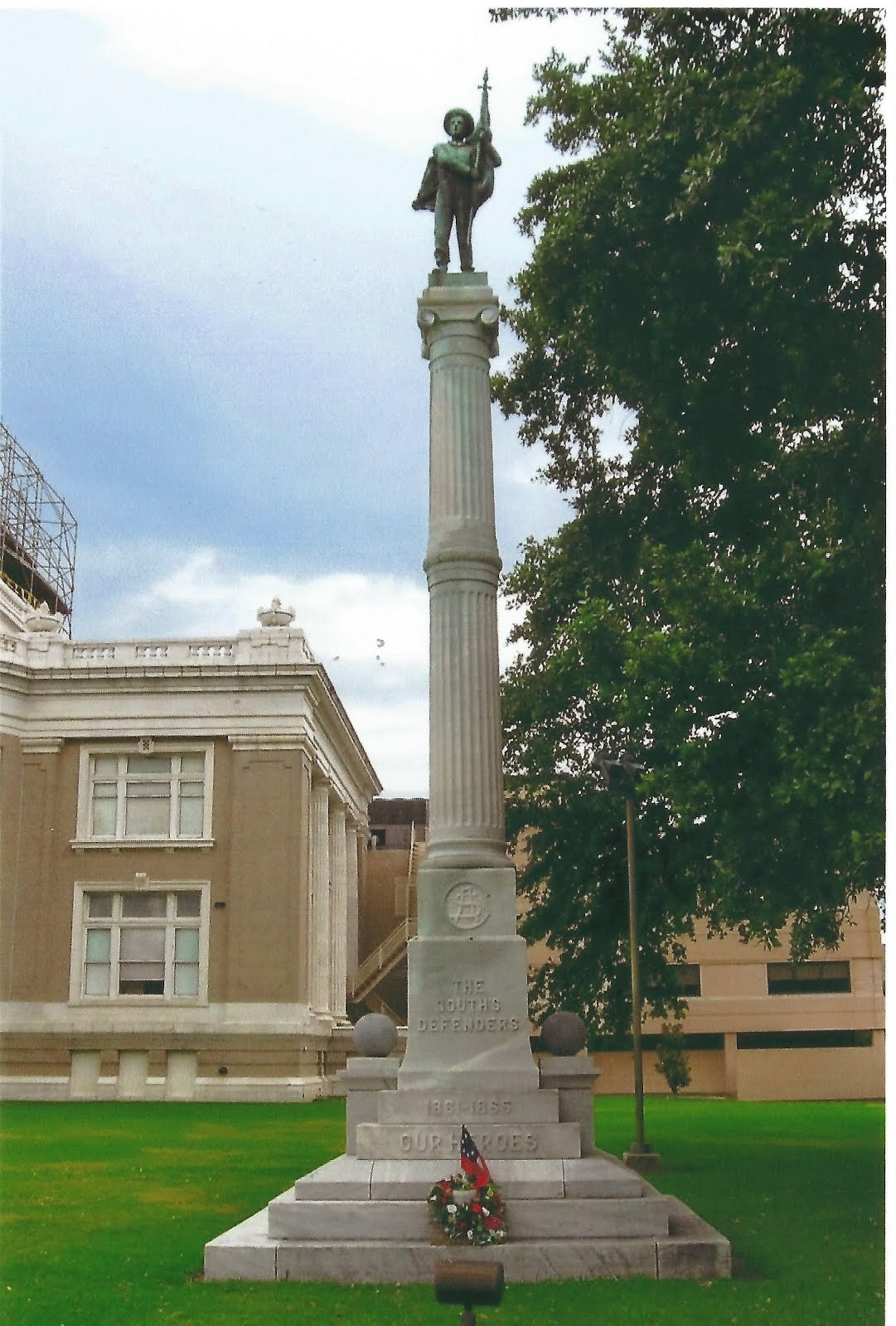

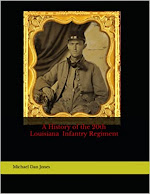





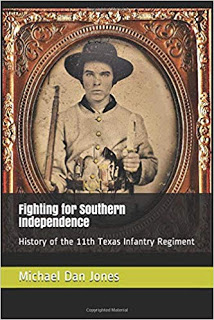
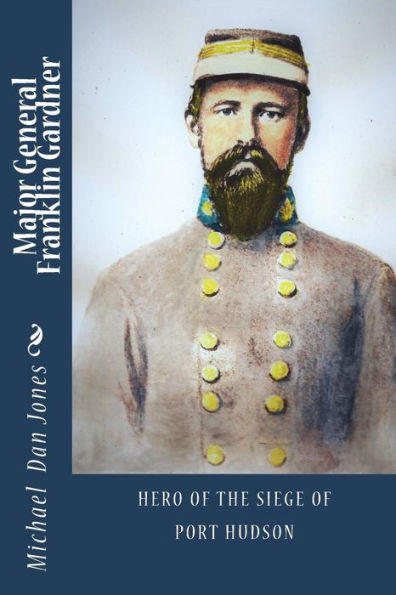



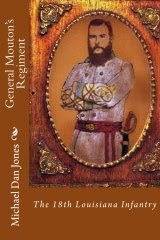
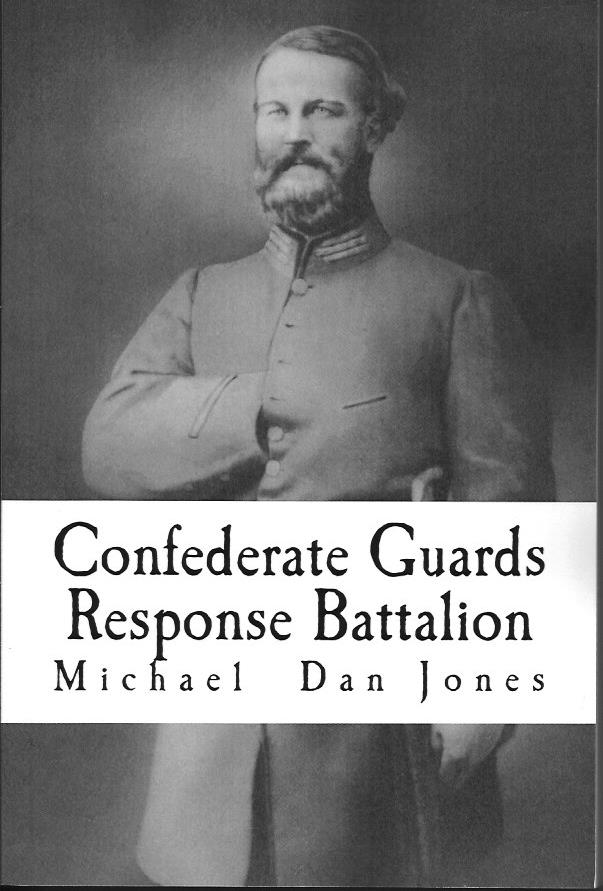
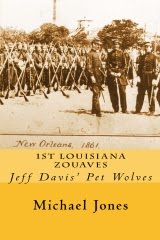
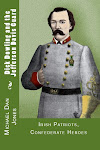
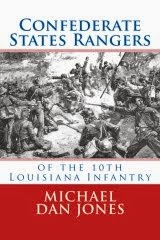

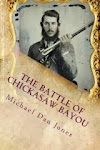

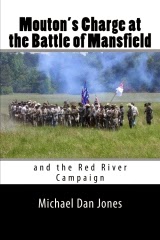
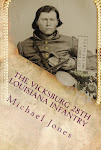















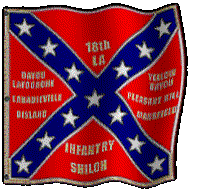
No comments:
Post a Comment